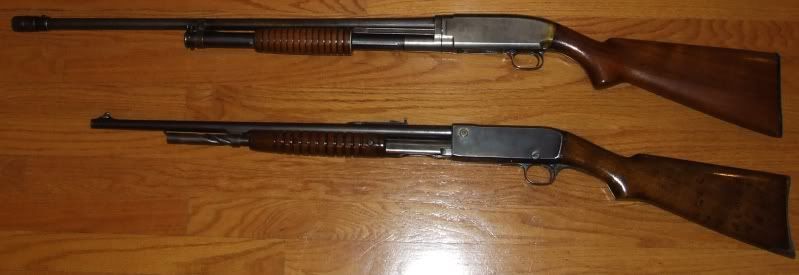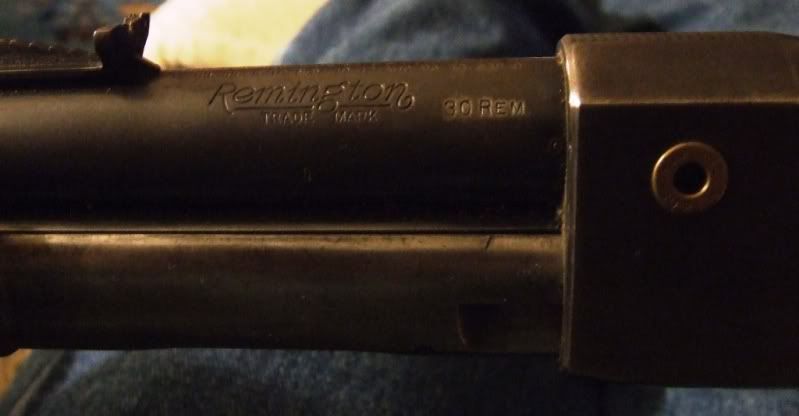OscarTurner
New member
These will be my new hunting buddies next year. The Winchester Model 12 is a 20-gauge and looks to be from 1936 and the Remington 14-A - I don't know when it was made.
I'm hoping to get the 20 gauge out to the field this weekend for dove. I'll take take the Remington to a gunsmith to have is checked before I order any ammo for it, but, if its up to the task, I'll take it out for white tails in the fall. I'm pretty curious about its age though. S/N is 87355 with the letter C stamped above it.

Remington 14-A



What is the "C" for?

I'm hoping to get the 20 gauge out to the field this weekend for dove. I'll take take the Remington to a gunsmith to have is checked before I order any ammo for it, but, if its up to the task, I'll take it out for white tails in the fall. I'm pretty curious about its age though. S/N is 87355 with the letter C stamped above it.

Remington 14-A



What is the "C" for?


